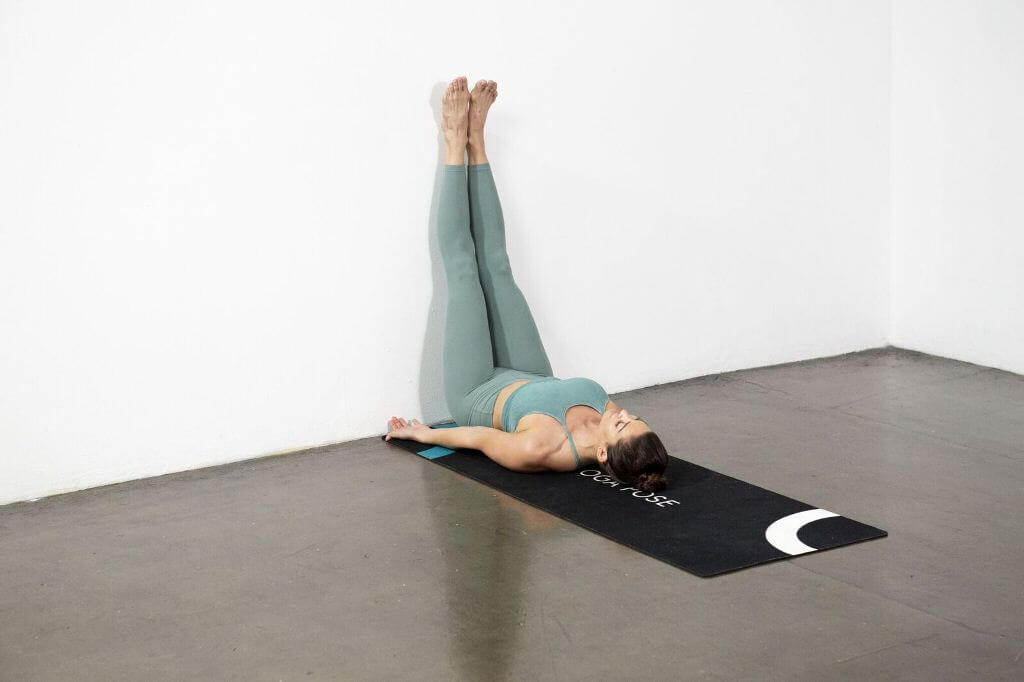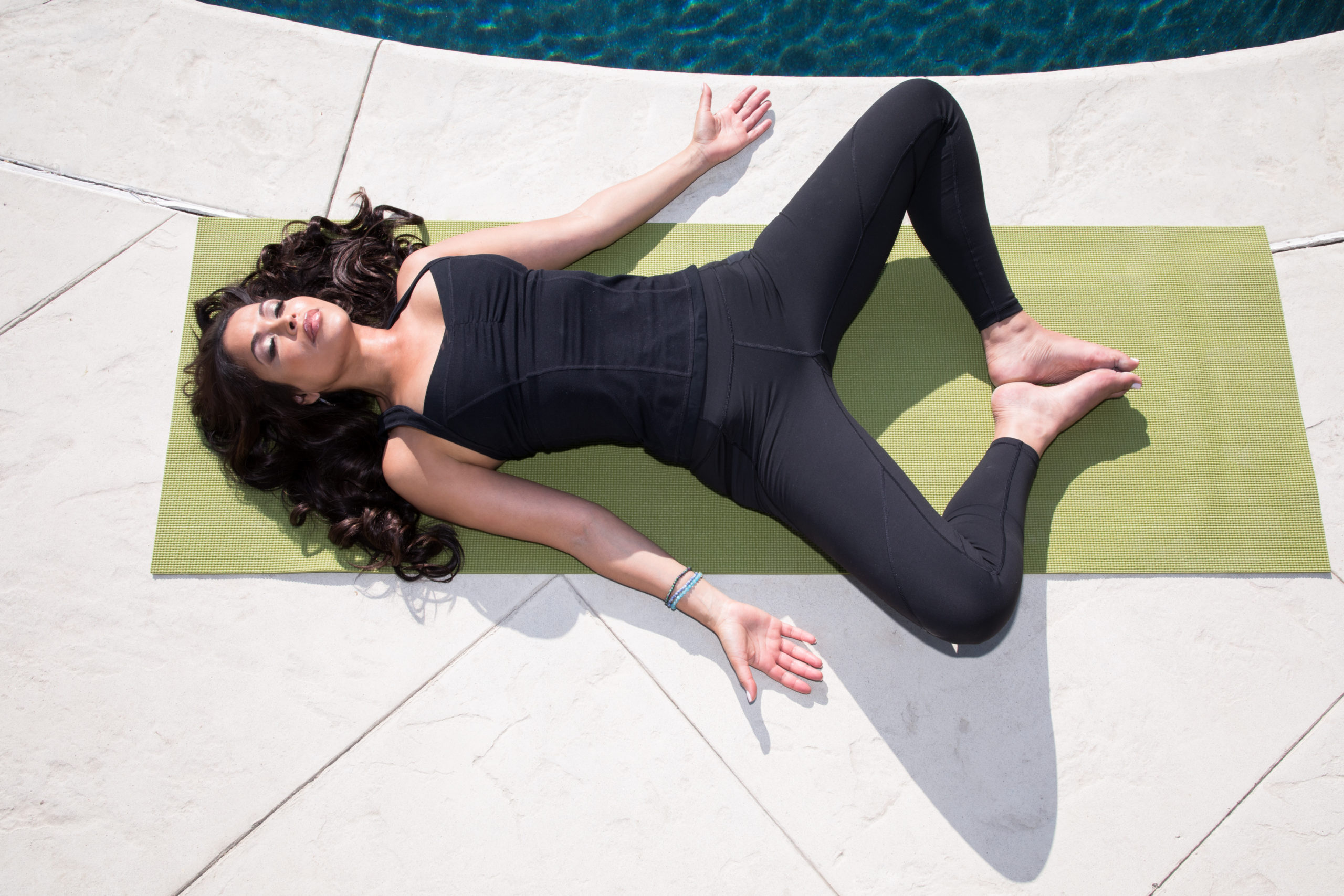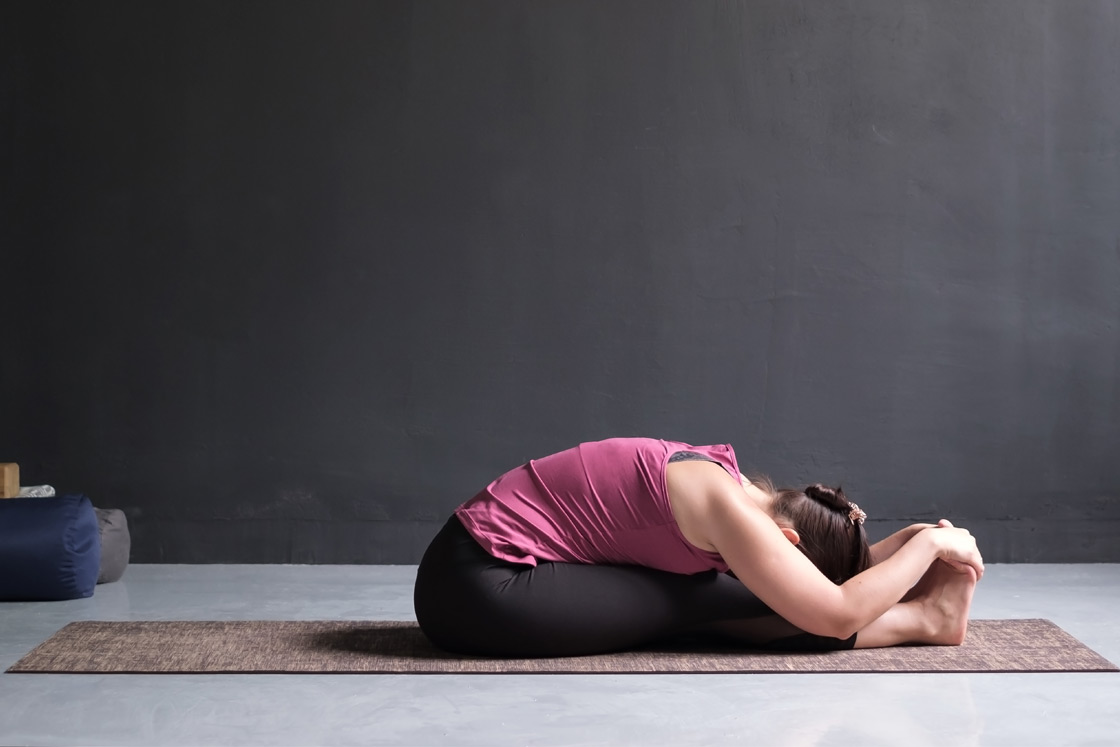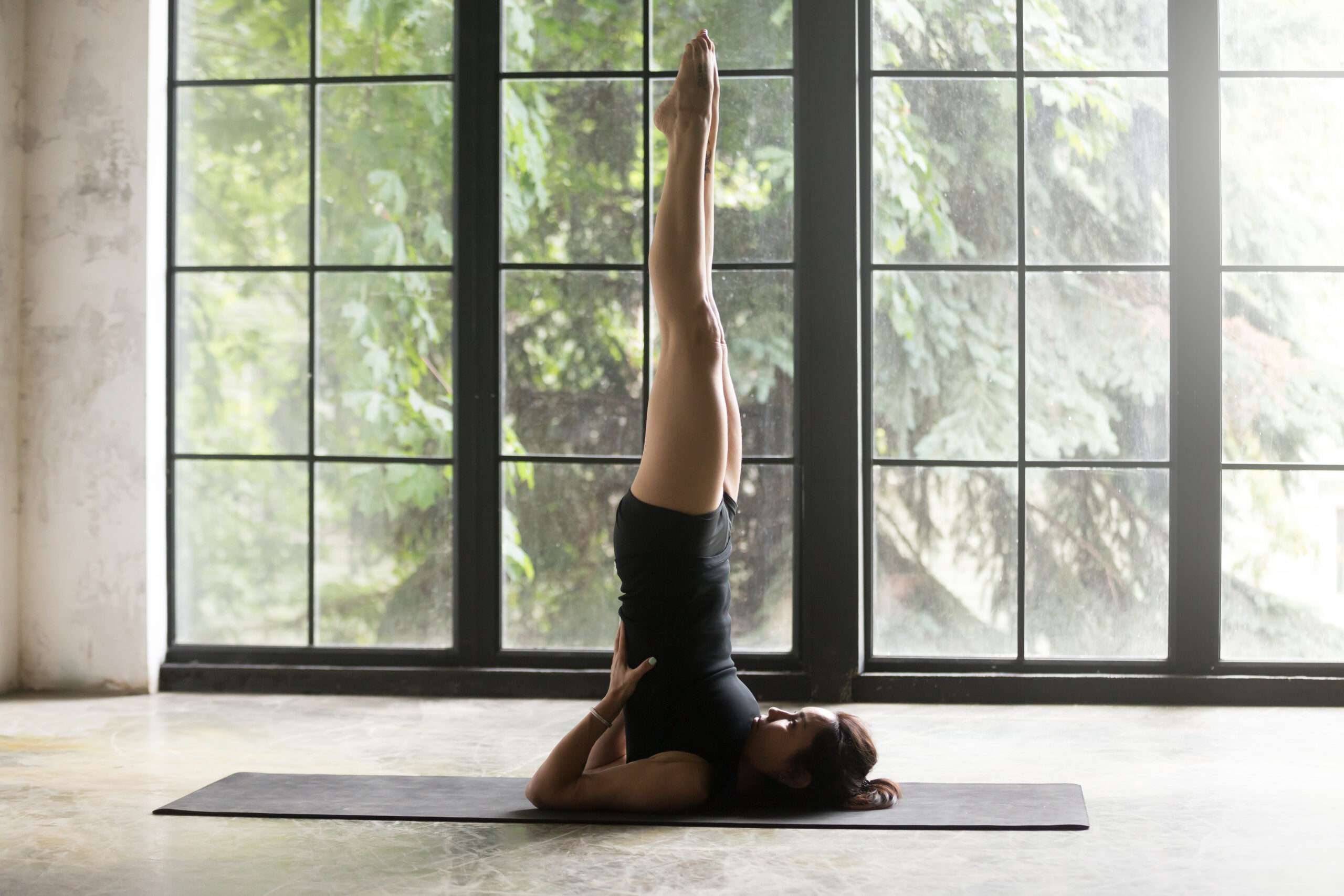Yoga can do more than just relax your body in mind — especially if you’re living with diabetes. Certain poses may help lower blood pressure and blood sugar levels while also improving circulation, leading many experts to recommend yoga for diabetes management.
Regular practice may even help reduce your risk for other complications of diabetes, such as heart disease.
Keep reading to learn how these simple moves can improve your overall quality of life and lead to significant transformations.
- Legs up the wall pose
This restorative inversion allows for relaxation. This helps lower stress levels, which may in turn help lower blood pressure and blood sugar levels. It can also help relieve headaches, boost energy, and increase circulation.

Muscles worked:
- hamstrings
- pelvic muscles
- lower back
- front torso
- back of the neck
To do this:
- Fold up a blanket or towel to sit on.
- Sit with your right side against a wall.
- Swing your legs up along the wall as you move to lay flat on your back. Your body should form a 90-degree angle against the wall.
- Keep your sitting bones as close to the wall as possible.
- Relax your neck, chin, and throat.
- Stretch your arms out to the side with your palms facing up.
- Remain in this pose for 5 to 15 minutes.
- Release by slowly sliding your legs down to the side.
2. Reclining Bound Angle Pose
This is a restorative pose that can help calm your nervous system. This pose can also help reduce your stress levels, which may help lower blood pressure and blood sugar levels. It’s also thought to stimulate the abdominal organs, bladder, and kidneys.

Muscles worked:
- adductors
- groin muscles
- pelvic muscles
- psoas
To do this:
- While seated, bring the soles of your feet together. Your knees should be out to the sides.
- You may place a bolster underneath your knees for support.
- Slowly lean back until your back is flat on the floor.
- Relax the area around your hips.
- Rest your hands alongside your body with your palms facing up.
- You can also press down on your thighs to gently deepen the stretch in your legs and hips.
- Stay in this pose for up to 10 minutes.
- To release, use your hands to lift and press your knees together. Slowly sit all the way up.
3. Seated Forward Bend
This pose is a therapeutic forward bend. In addition to lowering blood pressure and promoting weight loss, this pose may help relieve anxiety, headache, and fatigue.

Muscles worked:
- pelvic muscles
- erector spinae
- gluteus maximus
- gastrocnemius
To do this:
- Sit on the edge of a folded blanket and extend your legs long.
- You may place a prop under your knees for support.
- Imagine that you’re pressing the soles of your feet against a wall so that your toes are drawing back toward your shins.
- Root into your sit bones, lengthen your spine, and open your heart center.
- Hinge at your hips as you bend forward.
- Walk your hands down to your feet, stopping when you reach a comfortable position. Your torso should fold into your legs.
- Tuck your chin into your chest.
- Remain in the pose for up to 3 minutes.
4. Supported Shoulder stand
This inversion may help improve circulation and stimulate the thyroid gland. It can also help calm the mind and relieve stress.

Muscles worked:
- rectus abdominis
- trapezius
- rotator cuff
- quadriceps
To do this:
- Lie down flat on your back with a folded blanket under your shoulders.
- Align your shoulders with the edge of the blanket.
- Rest your arms alongside your body with your palms facing down.
- Lift your legs straight up into the air.
- Slowly lower your legs back toward your head.
- Move your hands to your lower back for support. Your fingers should be facing upward.
- Raise your legs up so that your shoulders, spine, and hips are in one straight line.
- Remain in the pose for 30 seconds to 3 minutes.
- Release by rolling your spine back down to the mat and lowering your legs to the floor.
5. Plow Pose
This inversion may help stimulate the thyroid gland, increase circulation, and reduce stress. Its therapeutic effects may also help relieve backache, headache, and insomnia.

Muscles worked:
- rotator cuff
- hamstrings
- trapezius
- spinal extensors
You may find it easier to transition into plow pose from supported shoulderstand.
To do this:
- From shoulderstand, bring your feet to the floor above your head.
- If your feet don’t reach the floor, use a pillow or block for support.
- Keep your hands on your lower back for added support.
- Remain in the pose for 1 to 5 minutes.
- To release, roll your spine back down to your mat and raise your legs up to form a 90-degree angle.
- Lower your legs back down to your mat.




